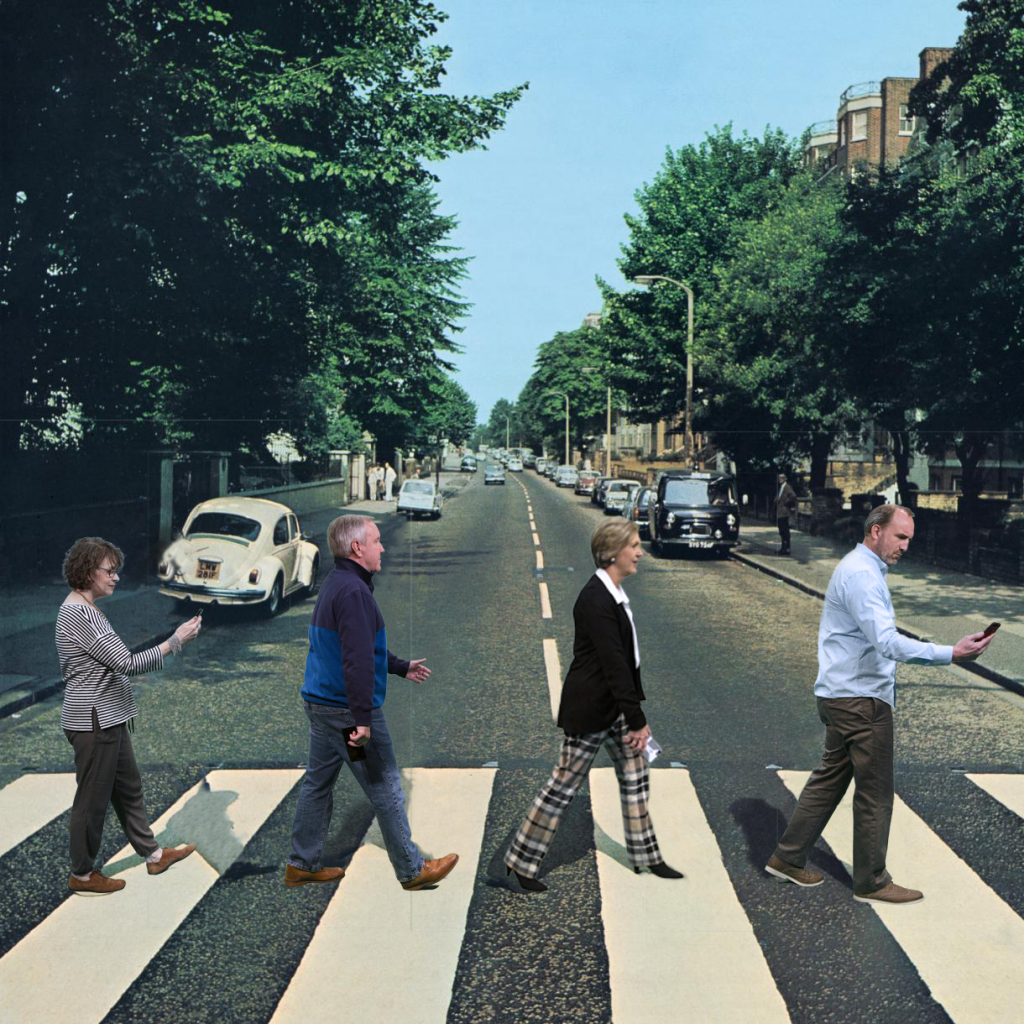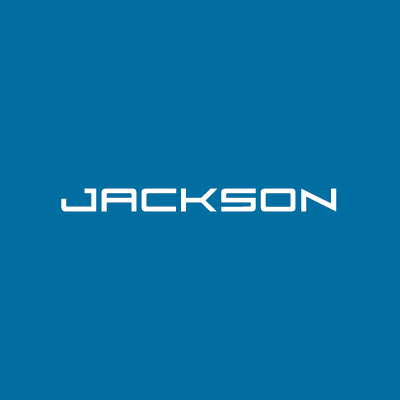A few weeks ago, we posted a blog article entitled, “Adulting is Hard: Adjusting to (Agency) Life.” The post was inspired by an article from AdWeek on how Millennials are changing the way ad agencies work.
For the article, we posed questions to several of our younger associates to get their impressions of the 9-to-5 life, in general, and agency life, in particular.
While there were no demands for equal time, we wanted to give some of our Baby Boomers the opportunity to provide their own analysis of agency life with a perspective that two or three decades in the business can bring.
If you read “Adulting Is Hard,” you know that Millennials interviewed for the AdWeek article believed their agencies to have inflexible systems and to be in a general state of complacency. Some of our Millennials agreed, at least with the part about inflexible systems. Here’s how our Boomers responded:
Many large agencies, just like many large companies, are process-heavy and inflexible. I believe the key is to find a balance—usually found in midsize companies and agencies—where the right processes are in place to avoid error and facilitate communication, while still allowing the flexibility to get things done efficiently and with creativity.
Agencies must produce great work. Frankly, it’s why Millennials like to work at agencies. It lets them do work they can be proud of and share with their friends, work that makes a difference. So how do you ensure great work is consistently the result of the efforts? You have processes that have been honed and are constantly being refined to help ensure it. Well, that sounds like rules so, therefore, it’s inflexible. If you can find me a group of Millennials that will produce great work every time (on-strategy, on-time, on-budget, no mistakes and gets results) with no processes to guide them—well, I’ll hire five of them on the spot.
Most people look at situations through the lens of their own eyes and position. Regarding major business decisions made by an agency or a client, if associates had all the information, 90 percent of the time, I think they would make the same decisions.
 Here’s another one from the process-driven generation of hierarchical structure:
Here’s another one from the process-driven generation of hierarchical structure:
There are multiple reasons for having procedures in place, not the least of which is to prevent chaos. Without rules and organization, there is no good way to determine priorities when push comes to shove. Every account person should remember their current hot project is not the only one in the house.
Regarding complacency: I suppose that applies to some things; but in this business, you’d best be able to roll with the punches and adapt to change.
We also asked our Boomers to reflect on changes in the world of marketing and communication over the past several years and offer their views on the pros and cons of those changes. Let’s start with the pros:
Most companies now recognize that marketing is way more than two-martini lunches and have come to realize the importance of building brands and the critical role that marketing plays in that process. Because of that, marketing is now more respected and given a seat at the corporate table, which makes agency life more rewarding.
Obviously, technology. Also, the rise of social media.
Technology, for sure, especially search engines. As a newspaper reporter back in the day, it would have been great to have Google vs. beating a path to the library several times a week to research a topic.
The word processor. No more typesetting and fixing a typo in seconds vs. minutes or hours.
The ability of agencies to adapt to the marketplace by inventing and including digital solutions to the mix of tools used to reach and persuade people.
Now for some of the negatives:
Obviously, technology. Also, the rise of social media. I know! They’re both good and bad! The speed at which we are expected to deliver seems to be ever-increasing and mostly as a result of those two things.
Social media. For all the good it can do to engage a target audience and promote a brand, it has given rise to an online community of trolls who deliberately try to disrupt, attack, offend and cause trouble. Of course, that has given rise to a lucrative new business service called reputation management.
Email. There are a lot of positives with email BUT what happened to talking, looking each other in the eye and communicating using more than words on a device and a few emojis?
Since everyone consumes marketing—TV, radio, outdoor, social media, etc.—many now see themselves as a marketing expert, a writer, a videographer or an art director. Because they know what they like, they assume they know what everyone else likes, which is usually a slippery slope and frustrating to deal with as an agency.
And because Boomers often are accused of talking about how bad they had it in the good old days, here’s a fun little list from the “suck it up, buttercup” department:
• We worked without the benefit of computers. We had only electric typewriters. All copy and presentations were typed, with some exceptions for the latter.
• Communicating with media reps and publication production managers was almost entirely by phone; the only option, other than a fax, for urgent deadlines. Answering machines existed, but voicemail wasn’t in wide use until the early 80s.
• Assembling press releases in hard copy (with or without an accompanying 8″x10″ photo and a piece of “chipboard”) and inserting into a large envelope, then attaching the mailing label. Mailing labels were typewritten based on a hard copy list.
• Proposals that were typed and hand-collated. We had a copier, but it couldn’t collate.
• Newspaper ads were sized and printed in-house and sent via FedEx.
• Mechanical art boards (we called them keylines) were used for all layouts—some of them HUGE. All revisions had to be cut and pasted. Art files for finished projects took up a whole room. We had special very large envelopes for the boards.
• Photos were another file system to itself: All prints, negatives and transparencies were organized by name and number in binders and filed under corresponding numbers; Likewise, with slides. The same with print samples.
• Almost everybody smoked in the office.
• Fun parties!
As Archie and Edith used to sing, those were the days.





